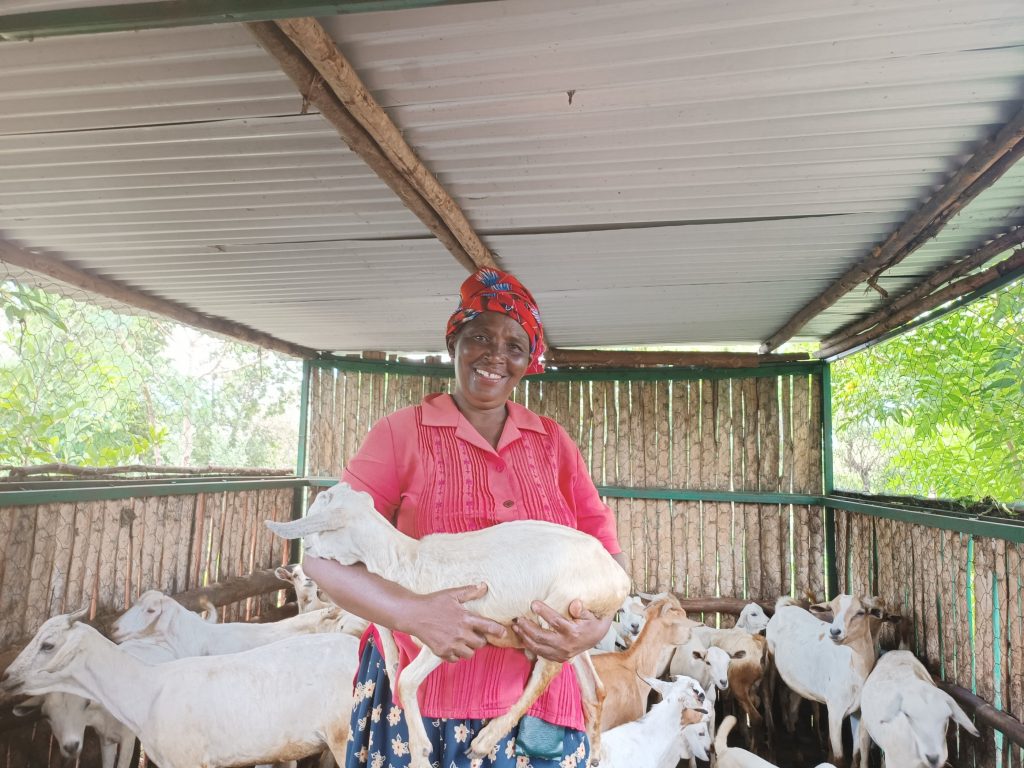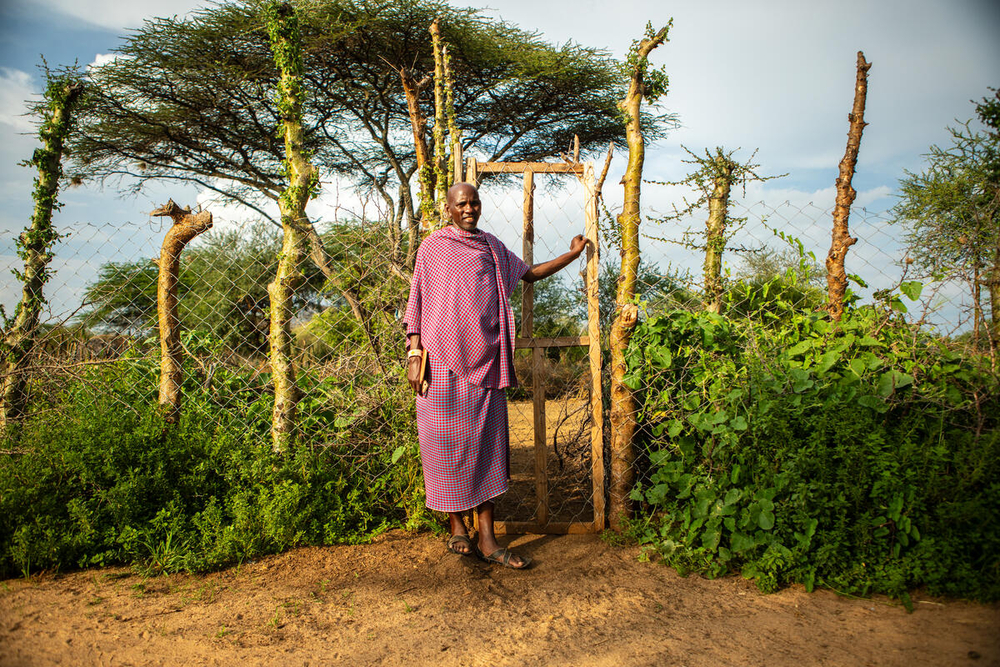Fostering coexistence between people and wildlife during global crises – insights and learnings from four UK Aid Match grant holders
On Tuesday 11 June, UK Aid Match grant holder ZSL held an event ‘Fostering coexistence between people and wildlife during global crises’ as part of their Science and Conservation series. They were joined by other UK Aid Match grant holders Ripple Effect, Tusk and WWF, who together shared highlights from their conservation projects and discussed important lessons to help shape future project design and implementation in this area.
Highlights from the projects
Since 2020, UK Aid Match grant holder ZSL has been supporting 4 communities in Kenya and Nepal to coexist with wildlife by increasing livelihood opportunities, building financial resilience and improving relationships with wildlife authorities.
Climate change can have a devastating effect on people and wildlife living in these areas – drought and erratic rainfall can lead to poor harvests and livestock deaths, and the lack of water can cause animals to venture onto community land, destroying crops and killing people’s cattle, goats and chickens. This can bring communities and wildlife into conflict and worsens relations with protected area authorities.
ZSL trained nearly 300 people in human-wildlife conflict mitigation techniques, such as building predator-proof livestock enclosures. They also established community meetings with protected area and local government authorities, providing a safe space for expressing concerns and suggesting solutions to conflicts. Over 400 people are now active members of a community banking scheme, helping to increase household financial management, and another 400 people have been trained in new enterprises including vegetable farming, beekeeping and shopkeeping.
“I have learnt that the environment including trees are very beneficial to us. Even the way I relate with wildlife has changed. I now know they are of great benefit.”

Photograph: A project participant with her goats
Ripple Effect and Tusk along with their partner Uganda Conservation Foundation, have recently completed a three-year ‘Living with wildlife’ project which supported people and wildlife to live side by side around Murchison Falls National Park in Uganda.
Similar to ZSL’s project, crises such as drought, flooding, and COVID-19 had an affect on project activities. Flooding displaced wildlife, like hippos, from their natural habitats, pushing them onto cultivated lands and increasing human-wildlife conflict. COVID-19 led to market closures, leaving farmers unable to sell their produce, and the disappearance of tourism collapsed the local economy, causing a spike in poaching within the park.
Despite these challenges, by the end of the project, 37,000 farmers had improved food security and livelihood opportunities. A further 260 young people benefited from apprenticeship and vocational courses, which were set up to provide alternative income from illegal activities such as poaching and fishing which can lead to more conflict. Community members and school children were offered trips to the park so they could learn the importance of protecting endangered species and advocate for the protection of wildlife in their respective villages.
“…After the park visit, I came back to my village and encouraged poachers to stop poaching wildlife. Three poachers have since stopped poaching after following my advice”.
WWF’s Land for Life project is improving the livelihoods and wellbeing of Maasai communities in Kenya and Northern Tanzania through sustainable enterprises, whilst protecting and recovering wildlife in critical corridors in the area.
Over the past few years, with the uncertainty of climate change and the rise of COVID-19, people were struggling to make a living with some resorting to unsustainable activities such as wildlife poaching, cutting down trees for firewood, and encroaching on important wildlife corridors.
WWF and their partners African People & Wildlife and South Rift Association of Land Owners (SORALO) are supporting 27,000 people to thrive with nature through community owned conservation. Maasai households transitioned from traditional corrals (enclosures for livestock) to predator-proof Living Walls which protect their livestock from carnivore attacks at night. These Living Walls involve planting Commiphora trees (or similar) in a circle around the perimeter of a livestock enclosure and secure with chain-link fencing.
Communities have been supported to understand sustainable rangeland management, learning to remove invasive plant species, allowing crucial habitats to regenerate. Further, the introduction of drought-tolerant sunflower cultivation and beekeeping has been successful in creating new economic opportunities.
“Nature has an amazing way of coming back, if you give it time and space”

Photograph: A Maasai community member stood next to his Living Wall
Key lessons and recommendations from UK Aid Match grant holders
- Factoring climate resilience adaptation into project design is vital to ensure projects are prepared for the effects of climate change and natural disasters. For example working with new partners to trial options for drought resilient livelihoods and / or improving the management and supply of water in the project area
- Whilst human-wildlife conflict measures can be extremely effective, they can also be limited to certain species and areas, risking pushing conflict to new areas. Implementing solutions at a landscape scale not a local scale can help mitigate this, taking a holistic approach to human-wildlife conflict management
- Improving relationships between community members and authorities is key for project acceptance and sustainability. This needs to be done over time, with regular engagement between communities and authorities. In some cases formalising this engagement is a good way to ensure sustainability – for example in Kenya, ZSL supported human-wildlife conflict resolution committees to provide a crucial platform for community members to discuss human-wildlife conflict issues with the Kenya Wildlife Service. In Uganda, Ripple Effect and Tusk took school and community groups on trips to the National Park, and these had a profound impact on communities willingness to co-exist with dangerous wildlife
- Building resilience with project participants is really important. Ripple Effect and Tusk found that farmers they worked with demonstrated considerably more resilience to crises than members of the wider community
- It’s important to commit to adaptive management throughout the project. Factor in time and budget to stop, reflect, explore the ‘why’ and adapt
- Every community is different and so all project designs need to be unique. It’s essential to consider local needs, cultural identities and traditions and to engage communities as collaborators.